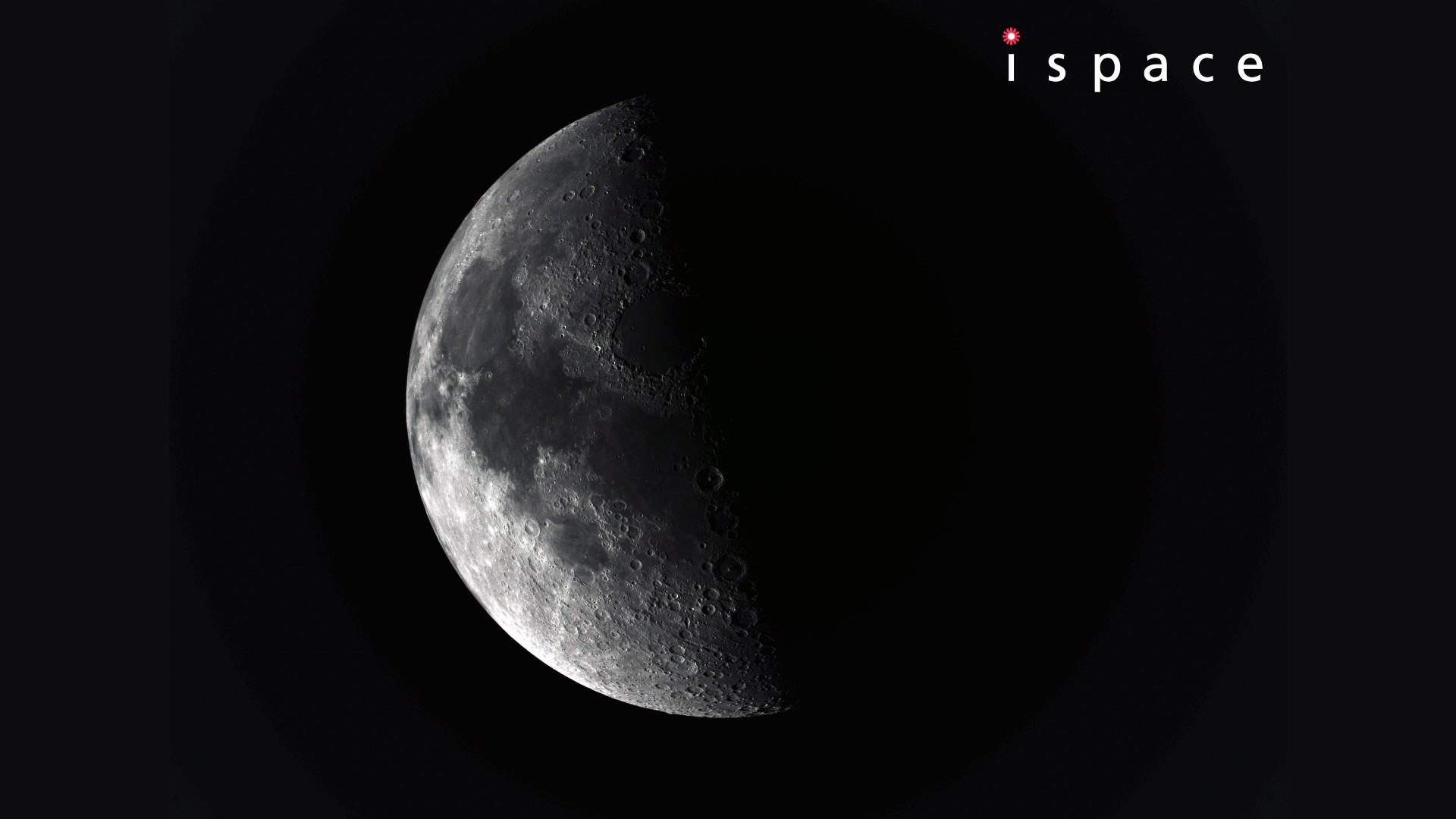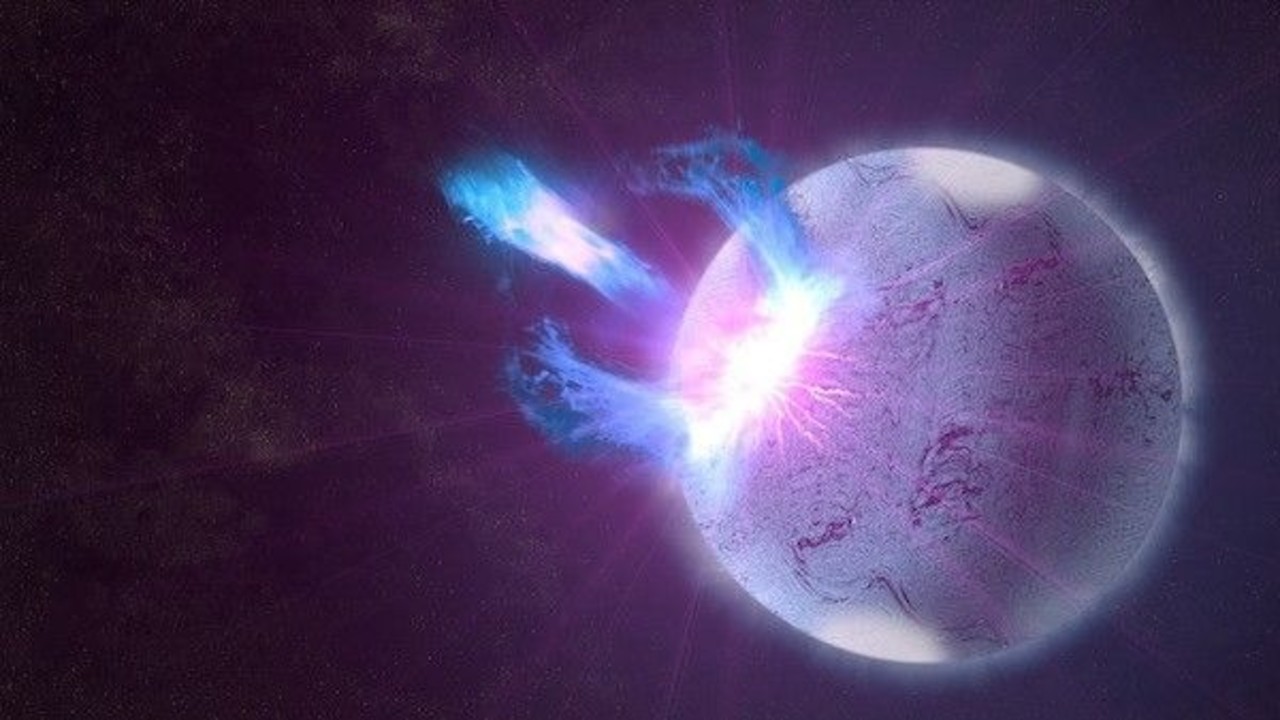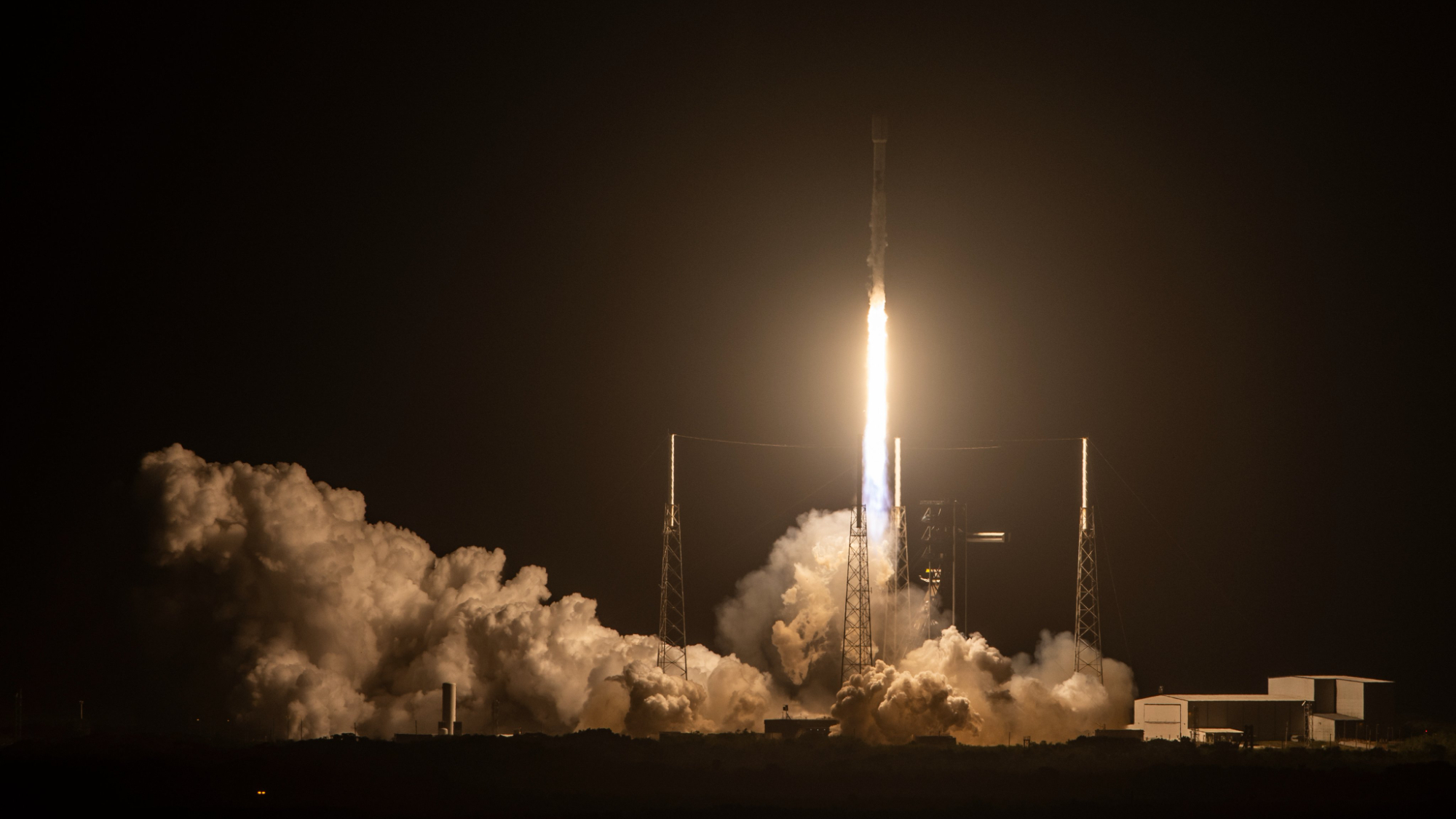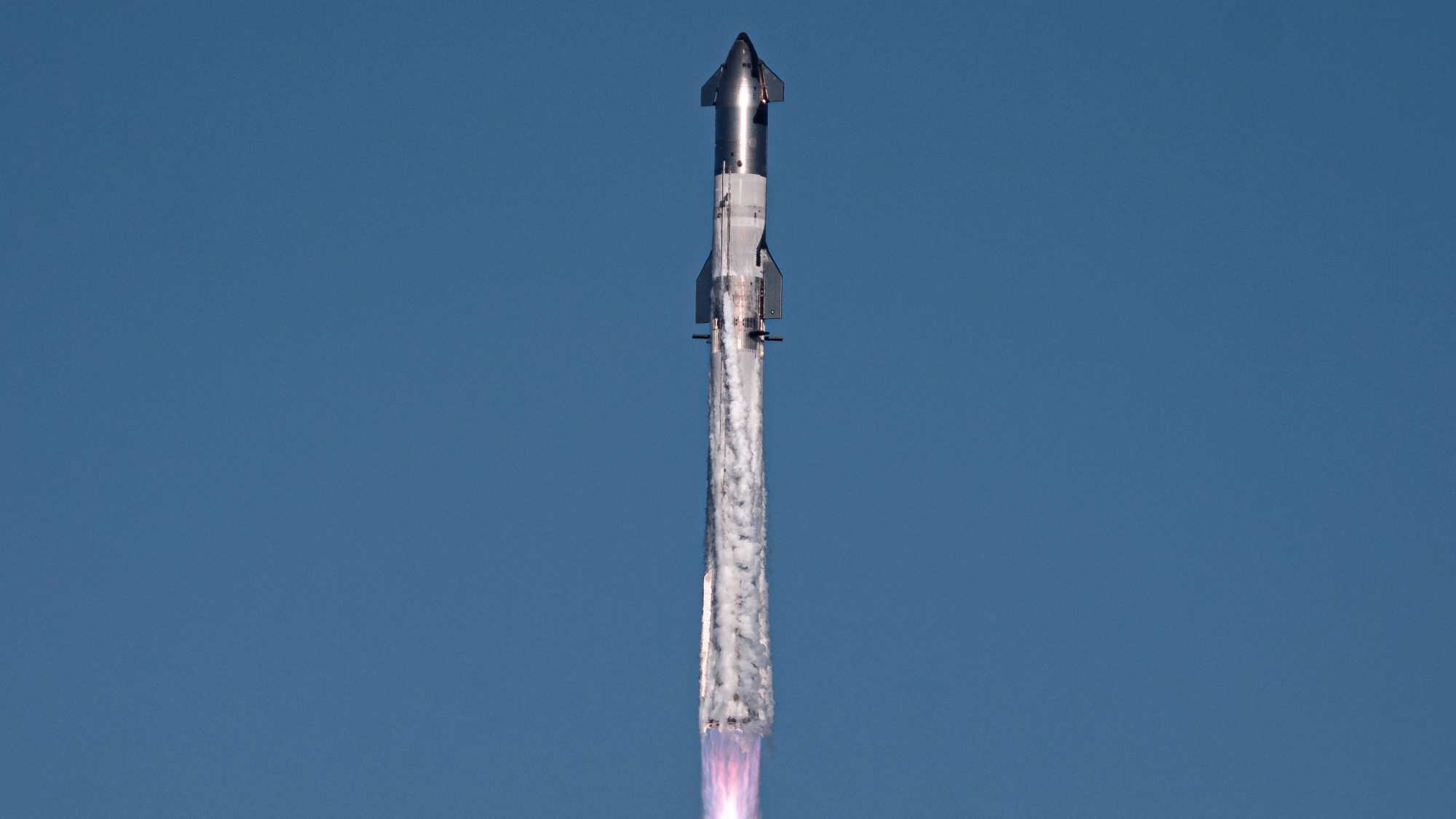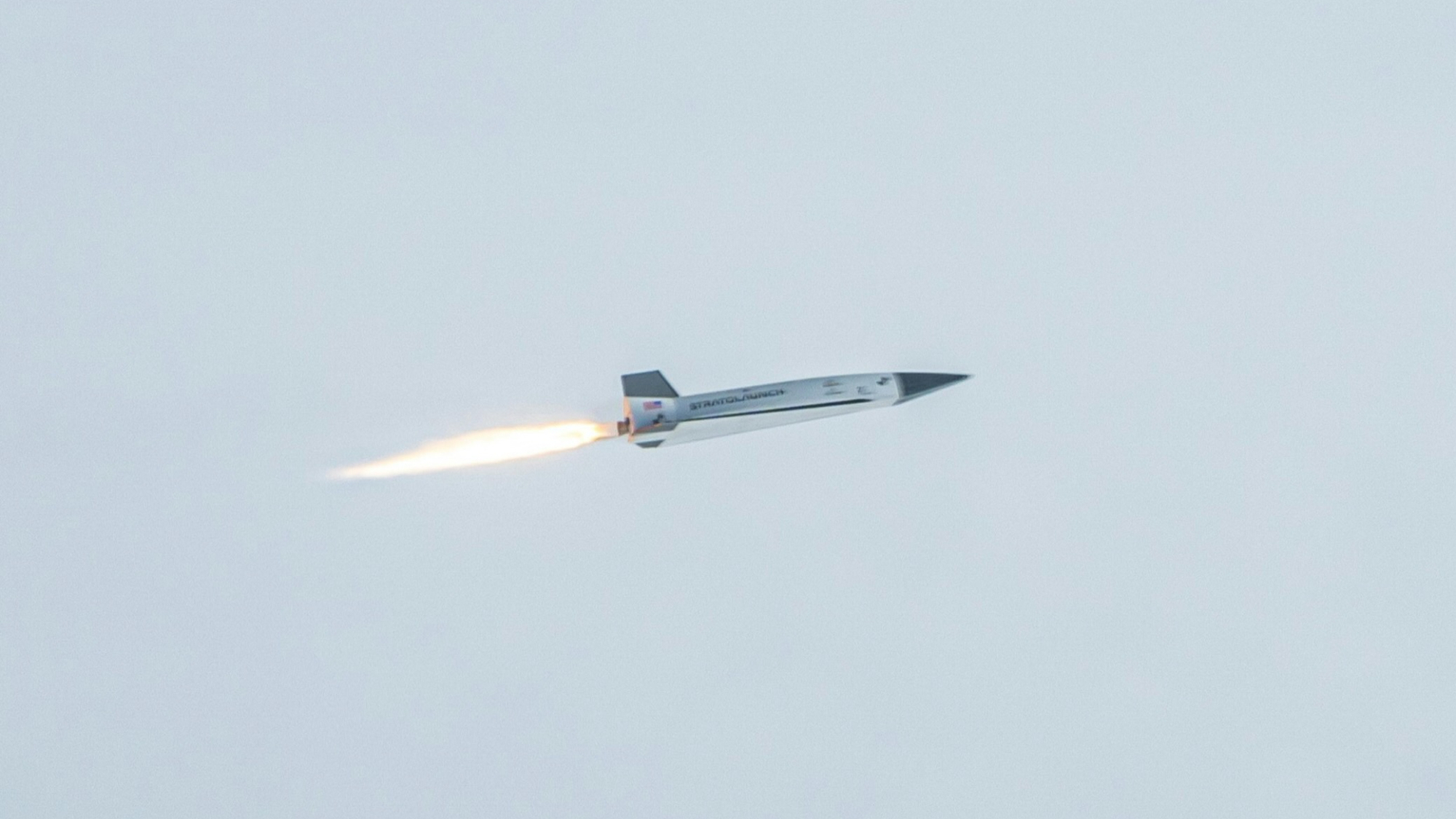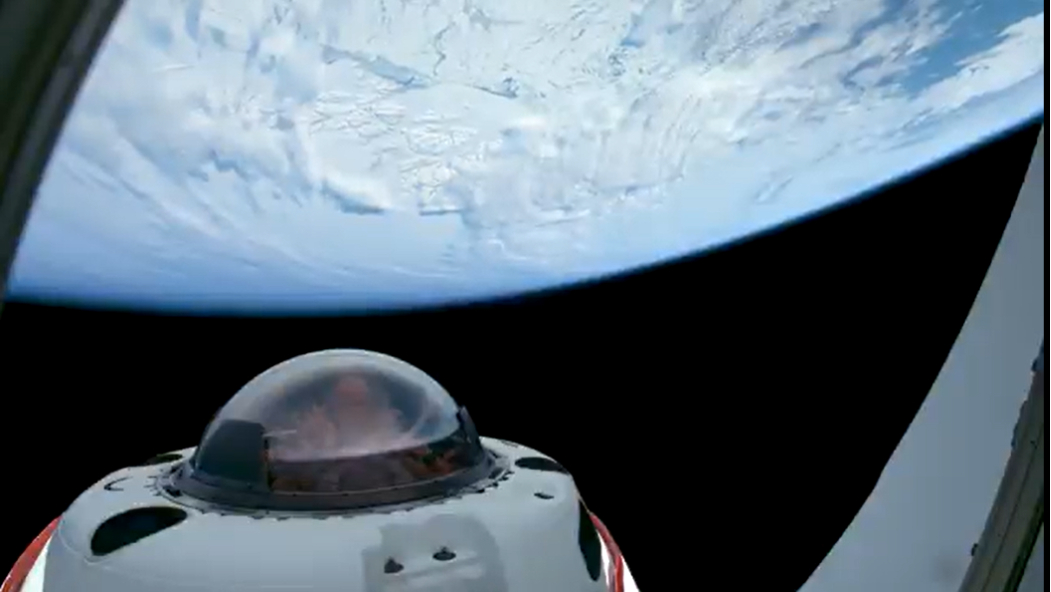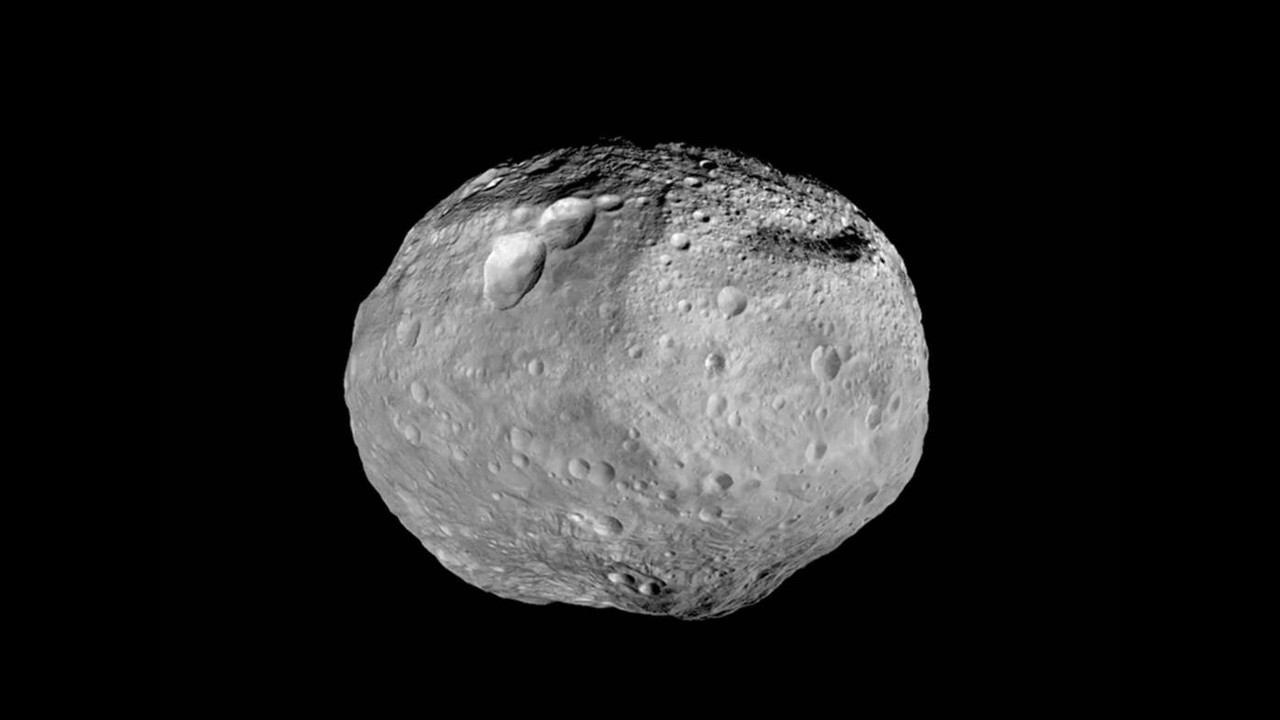What happens if black holes fall into wormholes? A new way to find out.
If wormholes exist, they could swallow black holes.
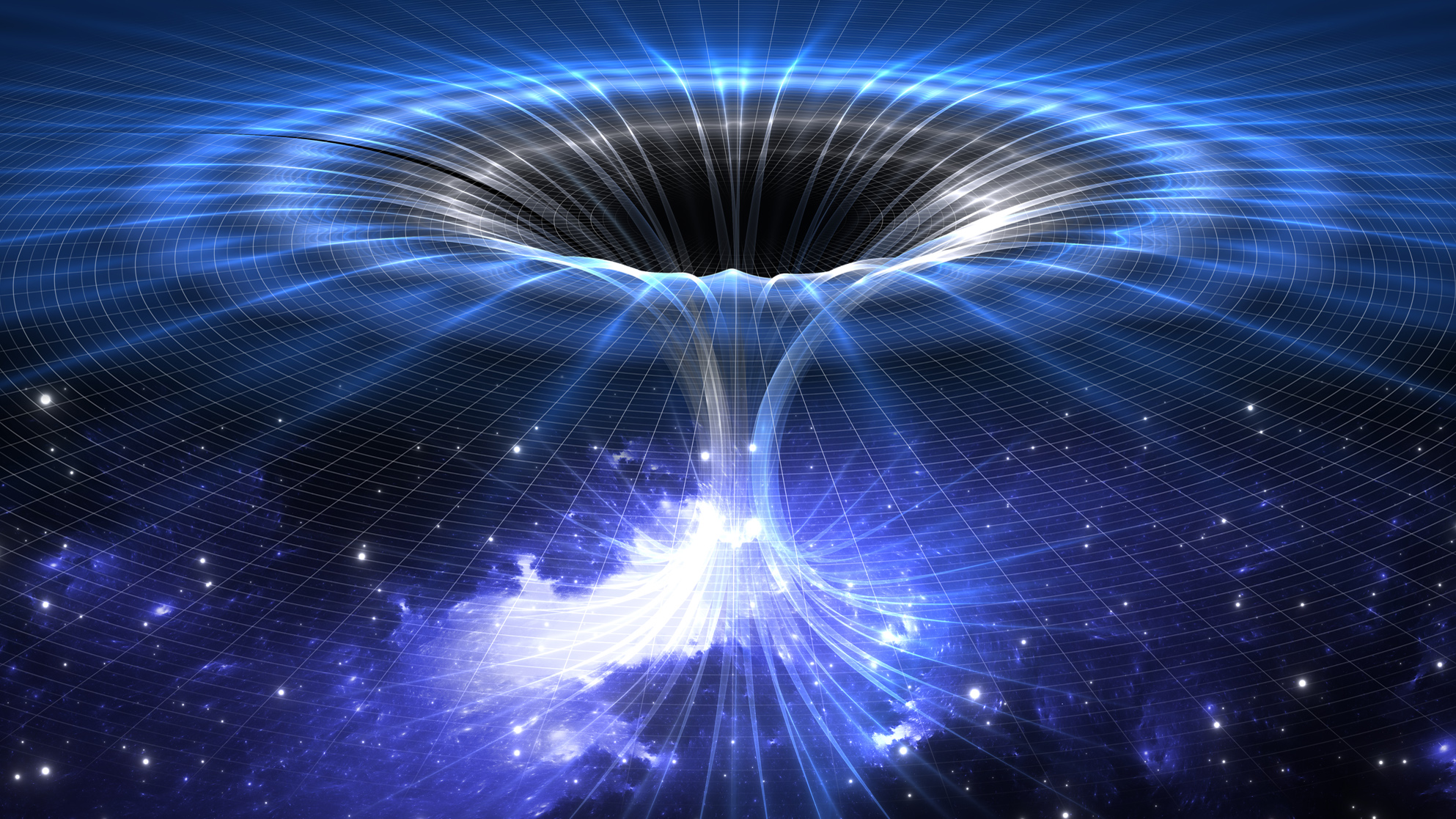
Astronomers think they might be able to detect black holes falling into wormholes using ripples in spacetime known as gravitational waves, but only if wormholes actually exist and such a scenario ever happened, a new study finds.
According to Einstein, who first predicted the existence of gravitational waves in 1916, gravity results from the way in which mass warps space and time. When two or more objects move within a gravitational field, they produce gravitational waves that travel at the speed of light, stretching and squeezing space-time along the way.
Gravitational waves are extraordinarily difficult to detect because they are extremely weak, and even Einstein was uncertain whether they really existed and if they would get discovered. After decades of work, scientists reported the first direct evidence of gravitational waves in 2016, detected using the Laser Interferometer Gravitational-Wave Observatory (LIGO).
Related: The strangest black holes in the universe
Black holes vs. wormholes
Gravitational-wave observatories have detected more than 20 giant collisions between extraordinarily dense and massive objects such as black holes and neutron stars. However, more exotic objects may theoretically exist, such as wormholes, the collisions of which should also produce gravitational signals that scientists could detect.
Wormholes are tunnels in spacetime that, in theory, can allow travel anywhere in space and time, or even into another universe. Einstein's theory of general relativity allows for the possibility of wormholes, although whether they really exist is another matter.
In principle, all wormholes are unstable, closing the instant they open. The only way to keep them open and traversable is with an exotic form of matter with so-called "negative mass." Such exotic matter has bizarre properties, including flying away from a standard gravitational field instead of falling toward it like normal matter. No one knows if such exotic matter actually exists.
Get the Space.com Newsletter
Breaking space news, the latest updates on rocket launches, skywatching events and more!
Related: Weirdly-shaped wormholes might work better than spherical ones
In many ways, a wormhole resembles a black hole. Both types of objects are extraordinarily dense and have powerful gravitational pulls for objects their size. The main difference is that no object can theoretically get back out after entering a black hole's event horizon — the threshold where the speed needed to escape the black hole's gravitational pull exceeds the speed of light — whereas any object entering a wormhole could theoretically reverse course.
Assuming wormholes might exist, scientists investigated the gravitational signals generated when a black hole orbits a wormhole for a new paper, which has not yet been peer-reviewed. The researchers also explored what might happen when the black hole enters one mouth of the wormhole, exits out the wormhole's other mouth into another point in space-time, and then — assuming the black hole and wormhole are gravitationally bound to one another — falls back into the wormhole and emerges out the other side.
No escape
In computer models, the researchers analyzed the interactions between a black hole five times the mass of the sun and a stable traversable wormhole 200 times the mass of the sun with a throat 60 times wider than the black hole. The models suggested that gravitational signals unlike any seen up to now would occur when the black hole journeyed into and out of the wormhole.
When two black holes spiral closer to one another, their orbital speeds increase, much like spinning figure skaters who draw their arms closer to their bodies. In turn, the frequency of the gravitational waves rises. The sound these gravitational waves would produce is a chirp, much like when one increases the pitch rapidly on a slide whistle, since any increase in frequency corresponds to an increase in pitch.
If one watched a black hole spiral into a wormhole, one would see a chirp much like two black holes meeting, but the gravitational signal from the black hole would quickly fade as it radiated most of its gravitational waves on the other side of the wormhole. (In contrast, when two black holes collide, the result is a giant burst of gravitational waves.)
Related: Here's how we could detect a wormhole
If one watched a black hole emerge from a wormhole, one would see an "anti-chirp." Specifically, the frequency of gravitational waves from the black hole would decrease as it moved farther away from the wormhole.
As the black hole keeps journeying in and out each mouth of the wormhole, it would generate a cycle of chirps and anti-chirps. The length of time between each chirp and anti-chirp would shrink over time until the black hole got stuck in the throat of the wormhole. Detecting this kind of gravitational signal might support the existence of wormholes.
"Though wormholes are very, very speculative, the fact that we might have the ability to prove or at least give credibility to their existence is pretty cool," study co-author William Gabella, a physicist at Vanderbilt University in Nashville, told Space.com.
In this scenario, eventually the black hole would stop falling in and out of the wormhole and settle near its throat. The consequences of such a finale depend on the completely speculative properties of the exotic matter found in the wormhole's throat. One possibility is that the black hole has effectively increased the mass of the wormhole and the wormhole may not possess enough exotic matter to keep stable. Maybe the resulting disruption in space-time causes the black hole to convert its mass to energy in the form of an extraordinary amount of gravitational waves, Gabella said.
As long as a wormhole has a greater mass than any black hole it encounters, it should remain stable. If a wormhole encounters a larger black hole, the black hole may disrupt the wormhole's exotic matter enough to destabilize the wormhole, causing it to collapse and likely form a new black hole, Gabella said.
It remains uncertain what might happen if a black hole only clipped the edges of a wormhole, with part of the black hole entering a wormhole's mouth with the rest staying outside it. "I suspect that there would be some crazy behavior at the black hole event horizon giving rise to even more gravitational waves and more energy loss," Gabella said. Such a collision may also disrupt the wormhole's exotic matter, "leading to an unstable wormhole," he added.
Future research can explore the interactions between a wormhole's exotic matter and any normal matter entering the wormhole, as well as more complex scenarios, such as what might happen if the wormhole is spinning, Gabella said. Other research directions could investigate how gravitational waves interact with both the normal and exotic matter in these scenarios, as well as "the variety of orbits that might occur between wormholes and you name it," he added.
The scientists detailed their findings online July 17 in a study they plan to submit to the journal Physical Review Letters. The research was detailed on the preprint site arXiv.org.
Follow Charles Q. Choi on Twitter @cqchoi. Follow us on Twitter @Spacedotcom and on Facebook.
Join our Space Forums to keep talking space on the latest missions, night sky and more! And if you have a news tip, correction or comment, let us know at: community@space.com.

Charles Q. Choi is a contributing writer for Space.com and Live Science. He covers all things human origins and astronomy as well as physics, animals and general science topics. Charles has a Master of Arts degree from the University of Missouri-Columbia, School of Journalism and a Bachelor of Arts degree from the University of South Florida. Charles has visited every continent on Earth, drinking rancid yak butter tea in Lhasa, snorkeling with sea lions in the Galapagos and even climbing an iceberg in Antarctica. Visit him at http://www.sciwriter.us
-
Stephen J. Bauer If we are just talking about sci-fi fantasies, then I guess it kind of depends on which is more powerful, the black hole or the wormhole. As a wormhole structure is expected to maintain some semblance of matter, then it would be shredded upon the black hole's event horizon. If the black hole was smaller than the wormhole, then the black hole could destabilize the wormhole and cause it to collapse in on itself. Either scenario doesn't make much sense, as it is a bit like asking who would win between two superheros.Reply -
kristianna276 All these theoretical modeling is all speculative and prone to sheer fantasy. Of all Black stars observed in the universe, no one has ever observed a Worm Hole, even Einstein had to come up with the conclusion that they probably don't exist. We want Worm Holes to exist because it would make space travel a possibility. They talk about Dark Matter and Dark Energy, but no one has ever detected this stuff that a large chunk of the universe is made of. Dark matter/Energy does exist; it just doesn't exist here. Worm Holes do exist, but not in our neck of the woods. What of the multiverse? Do infinite dimensions result in an endless photocopied version of this universe, resulting in infinite versions of you? Nothing exists outside this universe, so we implode creating endless variations of me. We have Dark Matter/Energy tearing the universe apart and worm Holes shallowing the caramel centers of galaxies, and a endless array of me in endless dimensional universes. We would be live an interesting life, if we can prove any of these really exists. So far it only amounts to (good or bad) fiction. Till some one proves, beyond a shadow of a doubt, that any of this exists in reality, you can take it to the Tower of Babylon host it up as a flag and see who salutes. If a Worm Hole swallow's a Black Hole and it gets caught in the middle; would you have to perform the Heimlich Maneuver? What would become of the Black Hole once it is coughed up, out of the Black Hole, or would it come out the other end. It is either barfing of crapping, one way or the other it has to dislodge. One way or the other. One way or the other.Reply -
Xinhang Shen Now there are too many speculations in theoretical physics thanks to the two pillars: Einstein's relativity and quantum mechanics, both of which have already been disproved. Many theoretical physicists like to use mathematical concepts to replace physics without any supporting experiments and observations. They actually don't know what a "wormhole is and how it looks like when it is observed through a telescope. The picture shown on the front of the article is just a normal vortex in the three-dimensional space, nothing to do with the so-called worm hole.Reply
As relativity is disproved (see https://www.researchgate.net/publication/297527784_Challenge_to_the_Special_Theory_of_Relativity ), we know that the isotropic speed of light can only be relative to its medium - aether just like the isotropic speed of sound only relative to its medium - air. As light can go in all the visible space around us, aether is everywhere in the space too. As the medium of light and other electromagnetic waves delivering all electromagnetic forces, aether plays critical roles in all physical processes in the visible space. Without taking into account of the effects of aether, quantum mechanics should be wrong too. It is much more logical that the wave property of the wave-particle duality is the result of the interaction between aether and the particle, not ridiculous wave of probability which is only a mathematical concept (not a physical substance).

